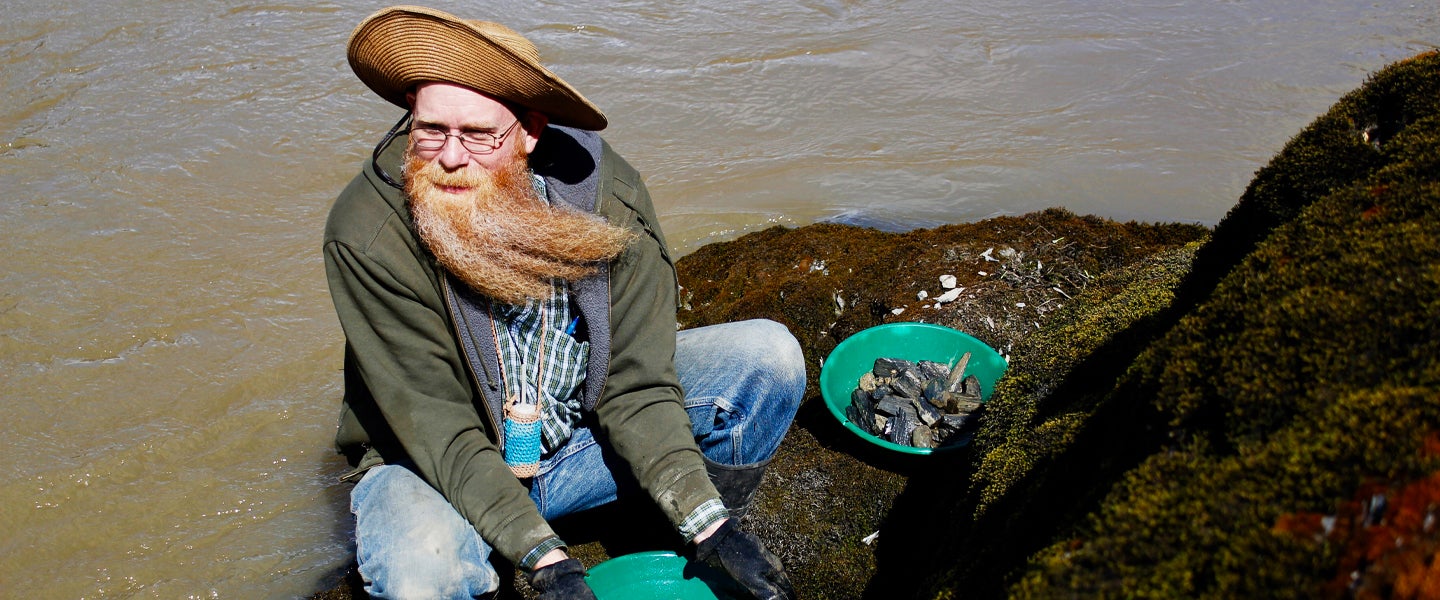On a remote stretch of the Fraser River in British Columbia — about a two-hour drive northeast from Vancouver — a highway and a major railway curl along the canyon around us, but all I can really hear is the steady rush of muddy water, propelled by the spring snowmelt from the mountains farther north.
Then, to my surprise, the quiet is broken by an ear-piercing digital shriek — sqUUUAAWWk! — as I turn to see Dan Hurd smiling as he reaches for a petite shovel. In his other hand is the business end of a metal detector, which he waves over a tiny patch of dirt and gravel, over and over again. “That sounds like what we’re here for,” Hurd exclaims, waving me over as he begins to dig into the sandy soil with his bare hands.
I walk to him, carefully stepping on giant shards of shale that jut out from the ground. The long striations of the rock forms nooks and crevices all along the water, creating an endless series of cracks, big and small, that can trap deposits of gold. The claim to mine this half-kilometer stretch of the Fraser belongs to Hurd, and it’s become a fast favorite of his. “I’m keeping this claim kind of secret because the amount of big gold I’ve found here is significant compared to any other claim,” he tells me, describing a multi-gram nugget he picked up off the ground last year. “I’ve already pulled a half ounce of gold out of this claim, which, for a prospector, is a lot. That’s around $900 Canadian.”

Hurd’s blue-gray eyes widen as he waves the detector again. In that moment, crouched on the rock in the sun, shaded by a large straw hat, cracking into shale with a hammer and his hands, Hurd is exactly what you imagine a gold prospector looks like. His huge, curly ginger beard waves in the wind as he scoops up dirt into a green plastic pan, and we walk to a creek just a few dozen steps away, where he begins to wash the sediment in clear, cold water. Gold is so heavy it rapidly sinks when rinsed in a pan, but Hurd’s initial excitement fades into neutrality as he peers down at the dregs. There are just a few specks of gold, despite all the excitable squawking from the metal detector.
“It might be a lot for another claim, but it’s nothing for this spot. Must’ve been a piece of metal that got the detector,” he says, tossing the pan’s contents into the creek. “I’ve been trying to figure out where the gold is coming from, whether it’s being eroded out of quartz seams in these big rocks, or whether it’s just been washed down river. The last nugget I pulled was really smooth, really old. That means it was deposited probably thousands of years ago into the bottom of the river.”
I stumbled across Hurd thanks to the random machinations of YouTube’s front-page algorithm, which for some reason wanted me to witness gold prospecting. He’s racked up more than 8 million views since he began documenting his work about a decade ago, and has recently seen a big rise in channel subscribers and views alike (“The algorithm!”). He’s one of a number of prospectors who have discovered the history and culture around gold hunting, and Hurd is now helping to write the story of prospecting in the 21st century. His patient digging and panning along riverbeds, rock formations and cave systems is a far cry from the industrialized, large-scale operations that define gold and mineral mining today. It’s closer to the platonic ideal of the adventurous miner — one ready to venture into “the idealistic purity of the country… the vast expanse of unclaimed land ripe for the taking,” as the Digital Public Library of America describes.
The California gold rush that predated rushes in Canada created its own set of symbols and mythical imagery, many of them ripe with a wild, almost lawless male energy. In his book, Gold Rush Masculinity, expert Christopher Herbert describes how miners bought into the culture around high-risk, high-reward gold hunting, promoting the ideal of individual opportunity. “After 1852, [the prospector] became romanticized as the embodiment of a type of risk-taking and independent white manliness that represented a similarly romanticized period before the growth of wage labor,” Herbert writes. Modern stereotypes around prospecting and gold seem to celebrate this independence, even if it’s subtle — perhaps it’s why people invest more in gold during a recession, or why prospecting got more popular during the 2008 downturn.
Hurd’s reasons for prospecting aren’t as wild as those of old-school prospectors, but you can sense history when he talks about the serenity of being out, completely alone, sans cell signal in an unkempt land. Hurd remains pulled to these old claims by something less tangible than earning money — maybe just the thrill of interacting with aged earth in such a primitive, instinctual way.
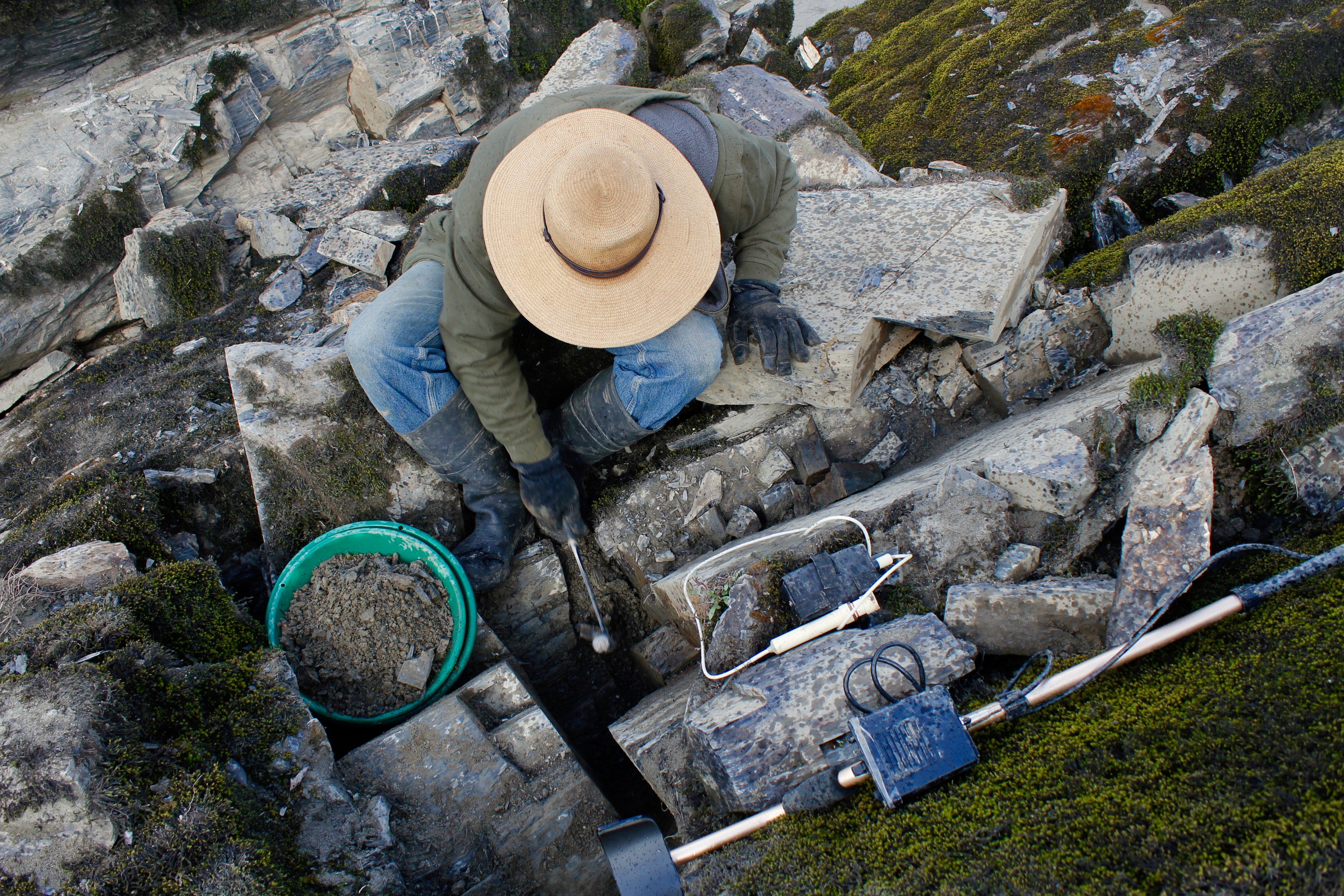
“We call him the gold hound. It’s incredible how he’s just got a nose for gold. He understands the lay of the land really well, what kind of rock to look for, what kind of conditions in the environment,” says Pete Bricker, a fellow prospector and frequent companion on Hurd’s expeditions. “Prospecting can seem more like an art than a learned skill at times. Dan is a great teacher, but he’s got an innate sense that’s hard to describe.”
Hurd has found plenty of gold in his roughly two-dozen claims over the years, and uncovering several thousand dollars’ worth of the metal in an annual season isn’t unusual, though it takes a lot more time and failure than people expect, he jokes. “There’s a lot of delusions of grandeur out there. A lot of people think they can go out there, spend a day and pull $1,000 of gold out of the ground,” Hurd says. “I’ve done that once or twice, and those were really lucky days. I’ve had thousands of days I find nothing at all. It’s hard to make a living on just finding gold.”
Ironically, it’s the modern world of recreation and entertainment that’s led to a second livelihood for Hurd, who hustles on YouTube and resells good claims alongside his full-time job as a teacher and counselor. The principles and methods that guide Hurd’s hands haven’t changed much since the famous 19th century rushes that created the cult of gold in North America. In return, Hurd is one of a number of figures keeping the legend of the gold-hunting mountain man alive in 2019.
* * * * *
Hurd grew up in the small town of Penticton (population 30,000), tucked between two lakes in the picturesque Okanagan Valley. The slower pace of life and extravagant natural scenery attracts a lot of retirees to this corner of British Columbia, and it was a similarly mellow upbringing for Hurd and his older sister. His father was a mechanic, while his mother worked in real estate, and both made it a point to offer the outdoors to their kids.
Hurd departed the Okanagan for college, heading west to Vancouver for stints at the B.C. Institute of Technology and the University of British Columbia while pursuing degrees needed to teach. He always loved working with his hands, and trained in the craft of wood and metalworking. Big-city life was harder to reconcile. “I hated being there, even though I loved what I was learning,” Hurd admits as he watches the Fraser rush by. “All those people, just rushing around you all the time. I had friends who loved things like nightlife. I couldn’t care less. I saw a lot of empty energy.”
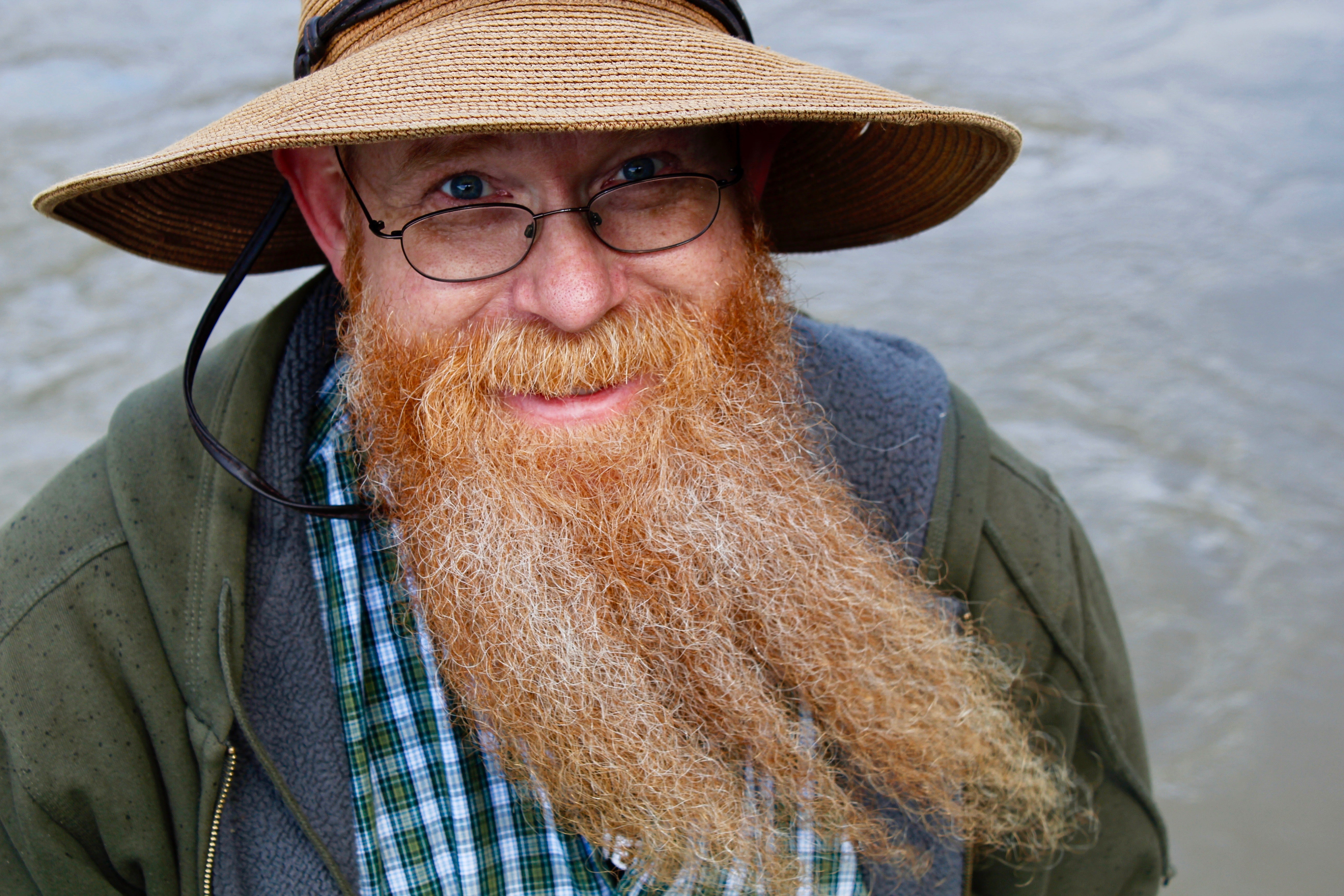
When it came time for Hurd to start his teaching career, he looked toward the Okanagan once more, landing just 30 minutes north of his hometown, in the hamlet of Peachland (population 5,000). For a while, life was on track: He met his wife Dayna in the Okanagan, had two kids, got promoted. But a moment of reckoning came about a decade ago, when Hurd looked in the mirror and realized how busted his body and health were. “I had high blood pressure, high cholesterol. My back was hurting, my legs ached. And it was because I wasn’t doing anything active. On my off hours, to relax, I played video games,” Hurd says. “I was on a highway to a heart attack as a young father.”
Hurd today says that putting his mind toward prospecting got him out the door and saved his life, as dramatic as it sounds. That addictive mind needed something new, and it fed on an activity he had first tried with his father at age 10. He recalls how an afternoon of panning with a friend at Mission Creek, near his school, led to the very first “big haul”: a series of thin flakes, wide and sparkling in the bottom of his pan. “It wouldn’t be much for my standards now, but it got me hooked good,” he says.
We spend the entire morning on the Fraser, looking for “pickers” like these — literally gold flakes that are big enough to be picked off the bottom of the pan. Flakes usually signal a bigger deposit of gold, whether it’s embedded in quartz or just settled into a hole or crack along the exposed riverbed. But pan after pan eludes Hurd and I, even after he busts out a small, lipstick-like hand detector that’s even more precise at sniffing gold than the traditional metal detector we’ve been using. I can see the edges of frustration creeping onto Hurd’s face as he digs into a wide crack of rock that’s been especially fruitful lately. He gives the dirt pile a wash in the pan, peering into it while hunched over on a stone. “Finally,” he whispers, waving me over. “Look at that.” It’s a hunk of gold, shining up from the dull green pan, shaped like a pristine flake of earwax. Hurd promised me gold, and we’ve got it, albeit less than he hoped.
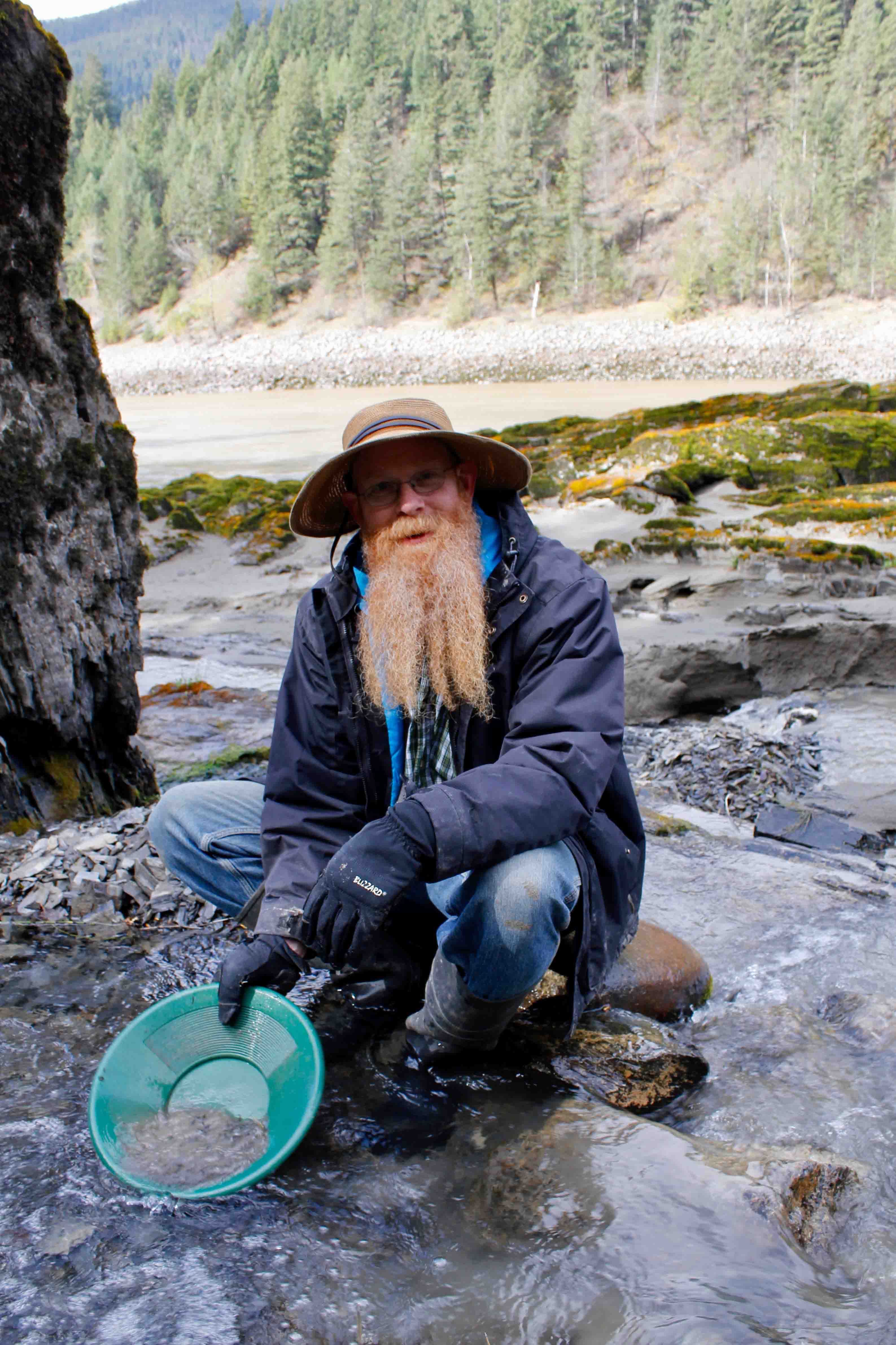
Showing off gold is something Hurd does a lot of on his YouTube channel, which is the most rapidly growing example within a network of prospectors who show off their bounty online. The biggest is the American prospector Jeff Williams, whose goofy, over-caffeinated style has earned him 133,000 subscribers. Another popular prospector is Pioneer Pauly, whose slick video work and millennial production value racks up hundreds of thousands of views. There are newer channels from around the world, but the fan base remains similar — mostly men, many who express they’ve never prospected before or are just starting to try it.
Hurd professes that he’s got an addictive personality, one that helped accelerate his prospecting education. He combed through online forums for old posts on hotspots, hoping to dig harder where others had given up. Sometimes he played trial-and-error in creeks, testing his memory of geological formations that could trap gold. It’s a puzzle he can’t resist. “After such a long winter this year, he was itching to get back out there,” his wife Dayna tells me. “He’s spent the last three weekends mining, and he’s a happier person for it. Prospecting has been fabulous for Dan’s mental health.”
What transformed the hobby into a business, however, was the picking and selling of claims. You can purchase claims from another prospector, but the real treasure hunt is in staking an “open” claim, meaning those that come on the market because it has expired. That can happen because someone failed to do any work on the site for a year, or forgot to file paperwork, but the process is simple: You sit at the computer, hitting refresh like you’re getting Coachella tickets. First come, first served. “Almost everything that has gold on it is already owned by someone. So a lot of people are waiting for a claim to be forfeited. There’s probably a hundred people out ready to click their mouse when the claim comes online at 10 a.m.,” he says. “Some of us have the timing down perfect. I got about one in 10 that I try.”
Hurd evaluates each of his new claims, walking the land to gauge its potential and then panning by hand or cranking up the “high-banker” (a sort of filtering machine that uses pumped water) for evidence of gold. If it’s good, he’ll look for a buyer — he sold his very first claim for $500. If it’s really good, he’ll keep it for himself, at least for a little while. Hurd currently juggles between 20 to 30 claims in a year.
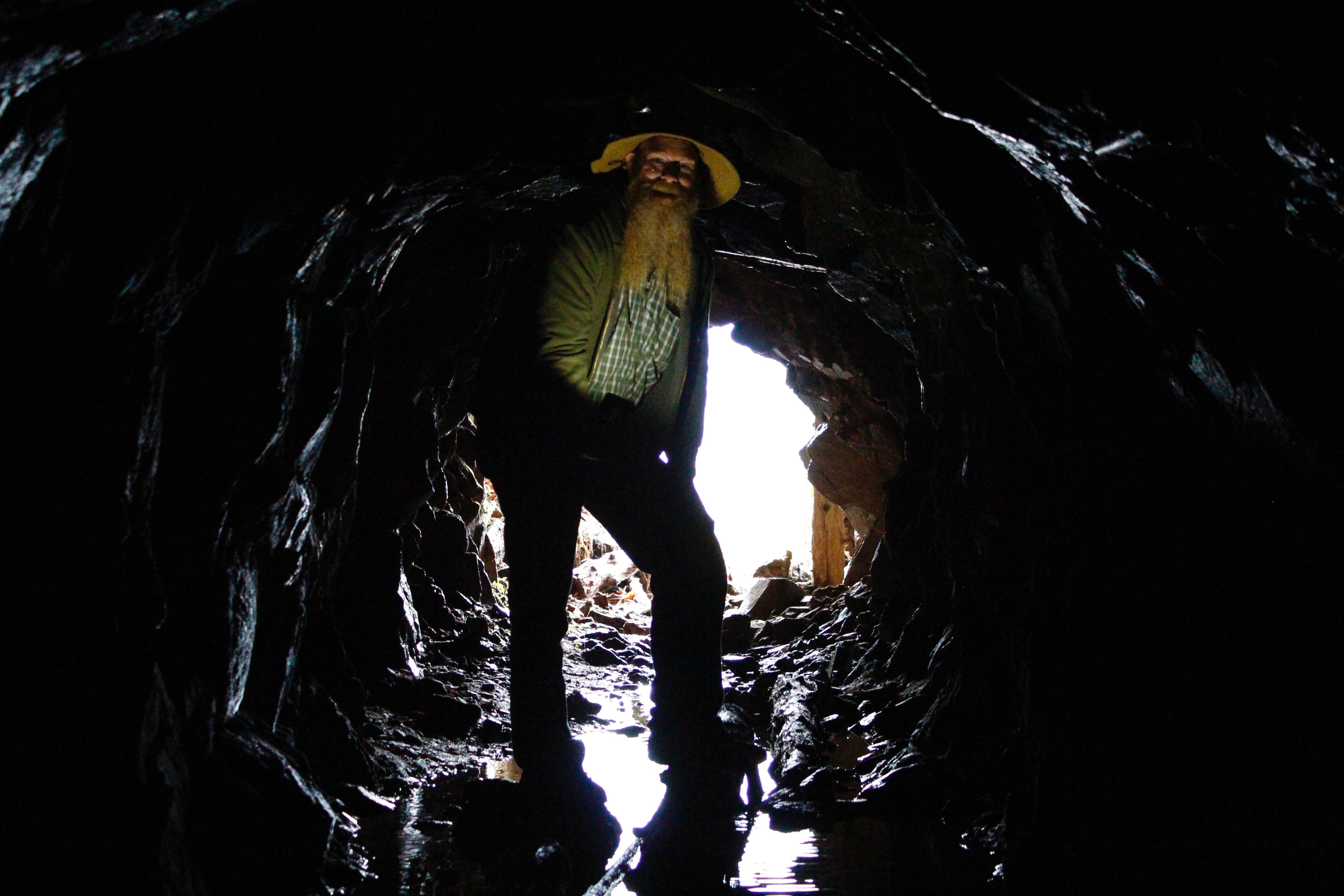
Hurd and I drive to the tiny town of Yale, at the mouth of the Fraser Canyon, which once stood as a bustling hub of commerce when the Fraser gold rush kicked off in 1857. A community of 15,000 is now a tiny town of 200, comprised mostly of indigenous First Nations people, and these days its main draw is the Yale Public Panning Reserve, a stretch of riverbed open to all prospectors. Upriver, the banks are claimed, making it illegal for other members of the public to dig there.
During the rush, the first man on a piece of land had to put literal stakes in the ground to claim it, then find a way to get to a gold commissioner’s office to register it, often risking life and limb to beat out (or beat up) competing miners. Historians now believe the Fraser Canyon gold rush was a direct extension of the iconic rush in California that took place just a decade prior, starting in 1848. As that rush matured and most of the accessible gold was dug up, individual and small-group miners were pushed aside by large-scale hydraulic mining operations. The eyes of broke miners turned north when a shipment of gold ore was sent from Vancouver Island to the San Francisco Mint, indicating riches. More than 15,000 miners migrated into British Columbia, in a move that defined the region’s modern history.
The influx filled towns, spurred trade and spread prospecting knowledge. It also led to bloody skirmishes, as whites from America and European migrants clashed with indigenous communities such as the Nlaka’pamux, who were some of the first to harvest large amounts of gold from the Fraser. The Fraser Canyon War of 1858, incited by the alleged rape of a Nlaka’pamux girl by a French prospector amid rising cultural tension, nearly destabilized the British colony.
The aftermath was often ugly: The destructive mining practices of newcomers permanently impacted the natural environment, causing erosion, polluting the waters and shifting salmon runs. But so many men touched by the rush ended up chasing it, anyway. “Broader economic changes were transforming British Columbia. Indigenous people from all over B.C. were moving between different mining zones to take advantage of not just the gold harvesting but the economic activities that accompanied the rush. This changed the human landscape,” says Mica Jorgeson, a postdoctorate fellow at McMaster University who has done extensive research on Canada’s gold rushes.
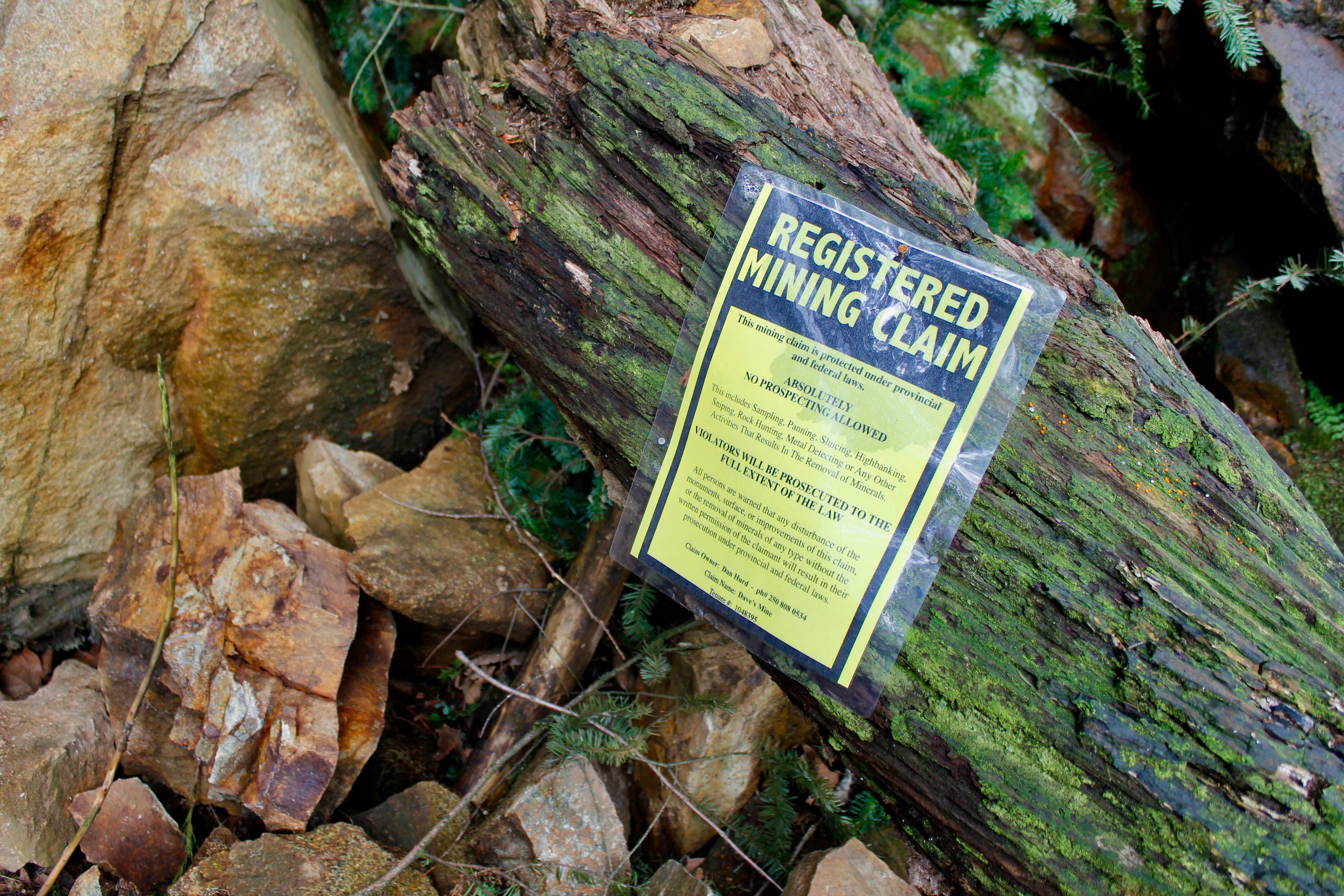
By the late 1800s, the culture of gold mining began to take irreversible shifts. The image of the independent miner-adventurer had been a reality in the North American rushes, but the discovery of massive goldfields in South Africa, and the need to dig so much earth to uncover them, subverted that myth. Big costs favored large corporate entities that took investments and bought up land. The modern gold industry is defined by these types of operations, even if reality TV shows like Gold Rush depict financial successes for smaller miners.
There is still something free about small-time prospecting, symbolized best by the phenomenon of claim-jumping, in which someone illegally seizes another’s claim. It used to be that some jumpers, armed with rifles and revolvers, would hold a claim by force. These days, it’s more passive than aggressive. Instead of stealing the claim, jumpers merely mine for gold on others’ property. Sometimes it’s brazen, other times sneaky, but always present for someone who literally puts footage of their gold-hunting on social media, Hurd observes.
“I’m inviting it on myself. People watch what I post, and it’s kind of funny how a claim will have absolutely no activity forever until I post something about it. Then all of a sudden I’ll see holes mysteriously appear on that claim,” he says, lifting his brows in mock surprise. “I’m not so worried about the people that just don’t know better. A dad and his son coming out and panning for the day, and it happened to be on my claim. If I see that, I will welcome them, let them know about the rule but not be bugged by it.”
He narrows his eyes. “It’s the people that know better that I’m worried about. In fact, we’re going to go check some cameras now.”
* * * * *
We stop for a quick lunch in Hope, B.C. before driving to a dirt road that spills from a foothill. He eyes my small Toyota Corolla before waving me into his truck. “I don’t think the rental company wants you taking that up there,” he cracks, and the truth of that statement becomes clear as we meander up the path, rocking in our seats as we traverse large rocks and potholes. At times, it feels like the road is barely wide enough for the truck, but it eventually opens onto a flat piece of land littered with piles of broken wood, bombed-out furnishings, random detritus and the occasional hypodermic needle. “It actually looks like someone came up here and cleaned the place up,” Hurd says with a pleased shrug. “I wonder who it was.”
We get out and walk through the debris, following a crumbly dirt path along a steep drop. Up ahead, I can see the mouth of the Blue Chip mine, a favorite spot of Hurd’s where he’s shot multiple YouTube videos over the past year. Unlike at the Fraser, there’s no panning for gold here — instead, Hurd is digging out quartz stone from a wide seam that runs along the edge of the mine, then pulverizing and filtering the remains to unlock any gold in the rock. It’s a lucrative way to mine if you can find the right seam, and frustrating if you can’t.
Strangers have been prodding around here — a few unfamiliar holes and chunks of rock prove that someone is still claim-jumping here despite the bright yellow signs that declare Hurd’s right to the property. “No one who can enforce the law cares, of course. It’s just a hassle for everyone,” Hurd says with a sigh and a smile. “The authorities don’t want to deal with it. There’s bigger fish for them to fry than someone sneaking on a claim. The mines regulators want to deal with big operations. They want to prevent another Mount Polley mining disaster.”
For now, Hurd’s got to deal with trespassers on his own. He calls me over to a log on the ground near the mine’s entrance, where he’s hidden a trail camera that’s triggered by motion. It’s one of a half-dozen cameras he recently bought, believing that his YouTube videos have led some unscrupulous viewers to the mine. “It’s not a huge deal, but maybe if I capture faces we can put ‘em up on a video, shame them a little bit,” he says.
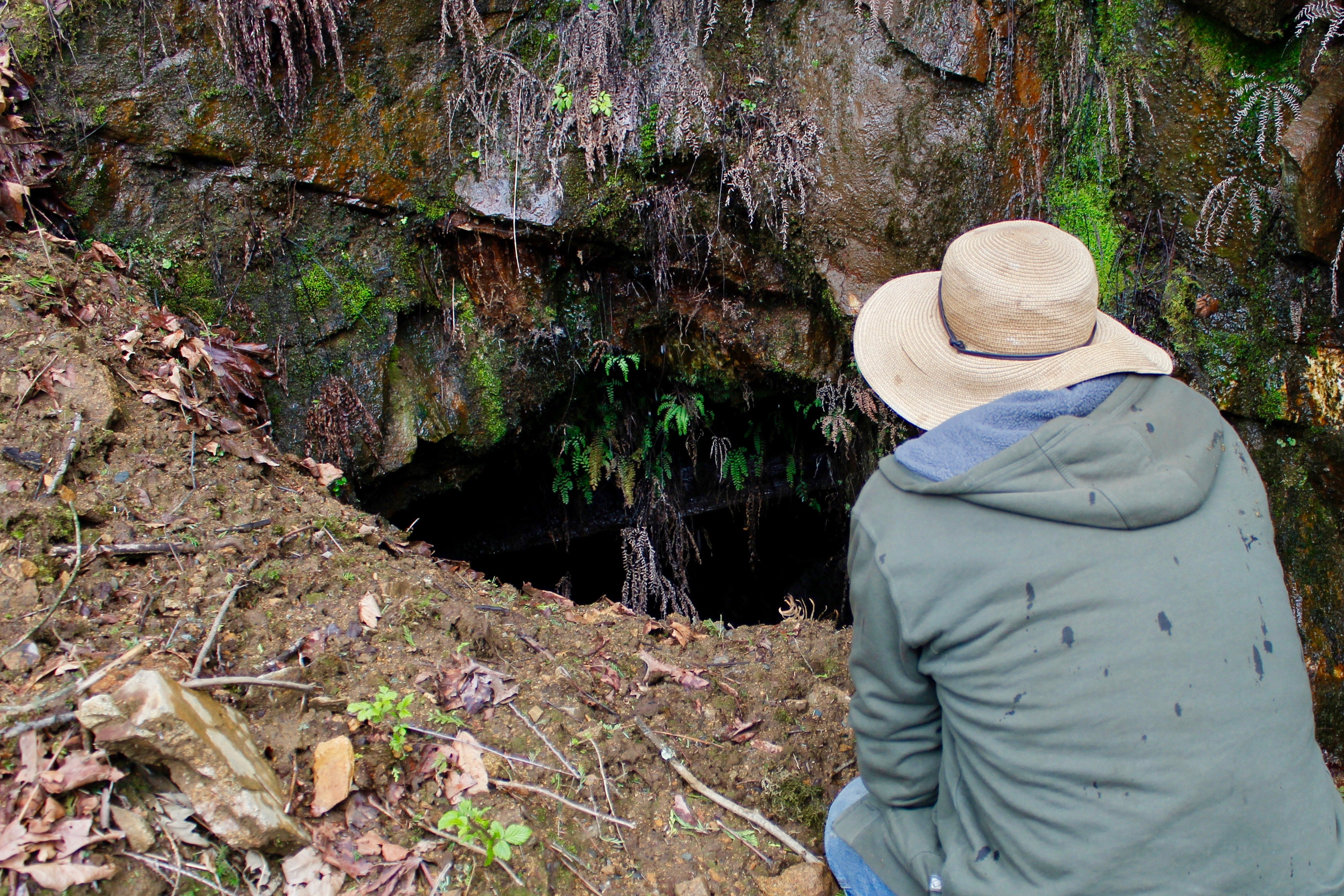
People used to get shot over their claims, but getting value out of a spot like the Blue Chip is a marathon, not a sprint, requiring days of work just to understand the innate uniqueness of the rock and soil. In a coincidence, a close friend of Hurd’s, now in his mid-80s, used to prospect the Blue Chip mine in the 1970s and found little evidence of riches, even if the site was beautiful. That did nothing to deter Hurd, and a siren song brings him up the mountain every few weeks. Sometimes he finds a bit of gold. Other times he finds nothing but beautiful, otherworldly ice stalagmites, rising from the ground at the mouth of the cave.
There have only been a handful of times that Hurd regretted giving up a claim. His biggest sale ever came a few years ago, after he took two international prospectors to a favorite spot on the Fraser. An afternoon of mining inspired the duo to ask Hurd about an offer for the claim, which he quickly declined. “Then they basically brought out a blank checkbook and asked me what my price was,” Hurd recalls. “I said a five-figure number that I thought was outrageous. To my surprise, they said yes.”
Looking back, Hurd wonders whether he misjudged the value of that space, given how happy he was to prospect there. Getting rich off gold has never really been Hurd’s M.O. — he’s happier as an educator, and there’s plenty of people looking for guidance in this old craft. Jorgeson, the researcher, tells me that public prospectors like Hurd are the newest extension of a tradition that has seemingly always been admired. So much so that her research suggests there was a fear in the early 20th century that a loss of prospecting culture amid rapid industrialization would be a national failing.
“It was this feeling that we’re losing the salt-of-the-earth guy who can go into the bush and read a rock because he’s done it a million times. But there were actually always individuals from different backgrounds who built a relationship to the landscape through this labor. That continues into the present,” Jorgeson says. “Remember, even during the rushes, there were a lot of highly funded operations, not just individuals in the wilderness. The latter were a minority then, too. But Dan is filling that role in the present.”
Hurd and I spend as much time poking around the innards of the Blue Chip mine as we do looking at the quartz seam outside of it, and I’m struck by the serenity of sitting in a pitch-black cave, imagining the veins of gold spreading along the rocky roof. Eventually, we decide to pack up and head back down the mountain, and as I get out of his pickup, Hurd jokes that he’ll hopefully have more gold to show me if I visit another time. As we drive out of Hope, I wonder if maybe finding so little gold was the best takeaway of all.
I think back to our morning on the Fraser, when Hurd told me I’ve made it up to the river just in time. The spring runoff is about to hit in full force, which makes it dangerous to prospect along the fast-flowing water. But there’s a critical purpose to this annual cycle. “In a couple weeks’ time, this water will be way over our heads, and it will just wash all of this clean,” Hurd said, pointing to the chipped shale and dirt around our feet. “And with that, comes more gold.”
I will likely never return to that stretch of river and canyon, as beautiful as it is. Hurd will, however, again and again until something almost intangible tells him the hunt is over. Then the claim will sit quiet, waiting for another man to emerge from the woods, pan in hand.
